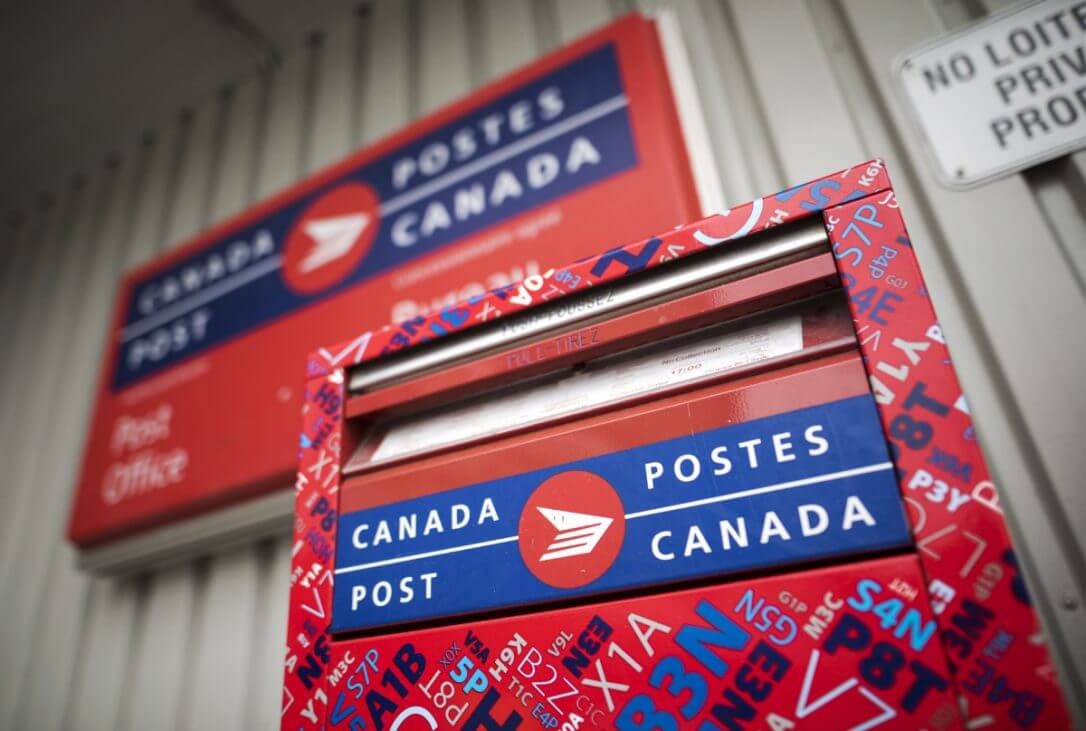 OTTAWA, ON (Jan. 23, 2018): On Dec. 12, 2017 the Liberal government announced the end of the Super Hornet interim purchase, instead acquiring 18 used Australian F/A-18As. It is imperative that we take stock and understand how and why the interim Super Hornet buy was allowed to proceed in the first place, MLI Senior Fellow Richard Shimooka stated today.
OTTAWA, ON (Jan. 23, 2018): On Dec. 12, 2017 the Liberal government announced the end of the Super Hornet interim purchase, instead acquiring 18 used Australian F/A-18As. It is imperative that we take stock and understand how and why the interim Super Hornet buy was allowed to proceed in the first place, MLI Senior Fellow Richard Shimooka stated today.
MLI’s latest study, Amateur Hour: The Interim Super Hornet Saga and the Perils of Prioritizing Politics Over Defence, reveals the hidden history behind the interim Super Hornet purchase. The findings are notable. The process was steeped in politics from the very beginning.
“The government ignored expert views in National Defence, and opted to invent an urgent capability gap in order to rationalize an ill-conceived solution,” said Shimooka. “And even that solution, interim Super Hornets, would have done little to achieve its goals – costing billions in the process.”
It also ignores the dangers of operating such an aircraft in high-threat environments, such as near Russia’s advanced air defence systems in the Baltics and Eastern Europe. As one pilot told Shimooka ““in a shooting war, we’d be dead within seconds of wheels up.”
The standard narrative is that the government decided against the interim Super Hornet owing to the spat with Boeing over Bombardier. But that is only part of the story. What was likely equally important were further revelations about the cost of the Super Hornets from the US. Its contents must have come as a shock to the political leadership, which was convinced the cost of the Super Hornet was far lower than the F-35.
“This could have been one of the most disastrous defence procurements in Canadian history,” said Shimooka. “By its own numbers, the Liberal government would have committed $5.7 billion dollars to alleviate the ‘capability gap’ for a single year, and that is only in the very best case scenario, since the personnel crisis made even such an outcome impossible.”
The growing shortage in RCAF personnel to fly these planes would make operating two fleets largely impossible. Even with the demise of the interim Super Hornet purchase, the end result is troubling – no new permanent replacement until 2025, “a full 15 years after the original decision to procure the F-35 was made.”
For more information media are invited to contact:
Cole Hogan
Communications Manager
613.482.8237 x105
cole.hogan@macdonaldlaurier.ca
***
Richard Shimooka is a senior fellow at the Macdonald-Laurier Institute’s Centre for Advancing Canada’s Interests Abroad.
The Macdonald-Laurier Institute is the only non-partisan, independent national public policy think tank in Ottawa focusing on the full range of issues that fall under the jurisdiction of the federal government.





